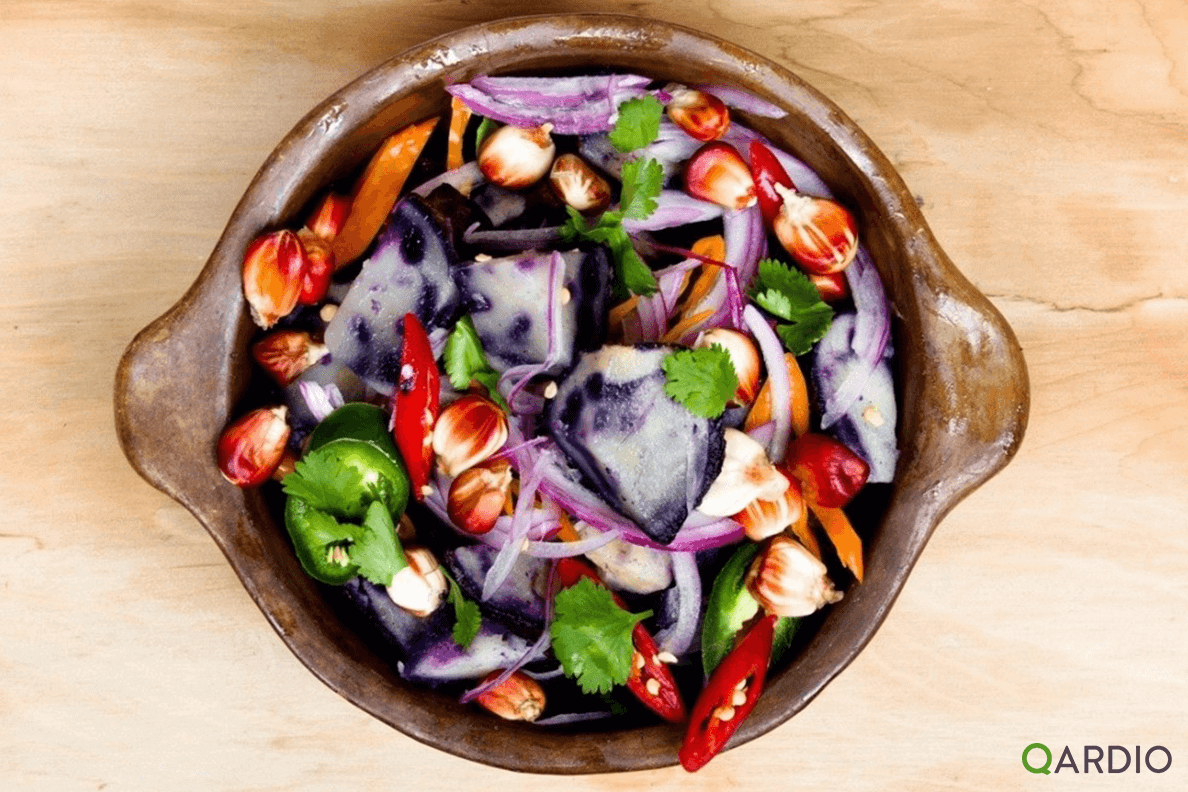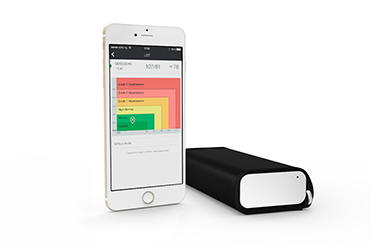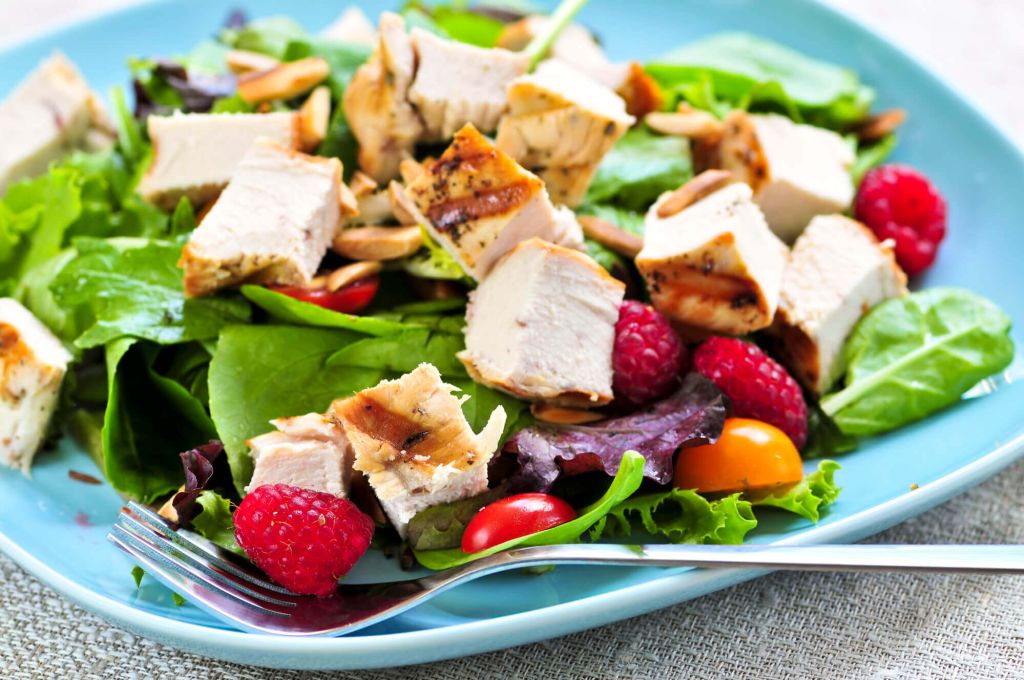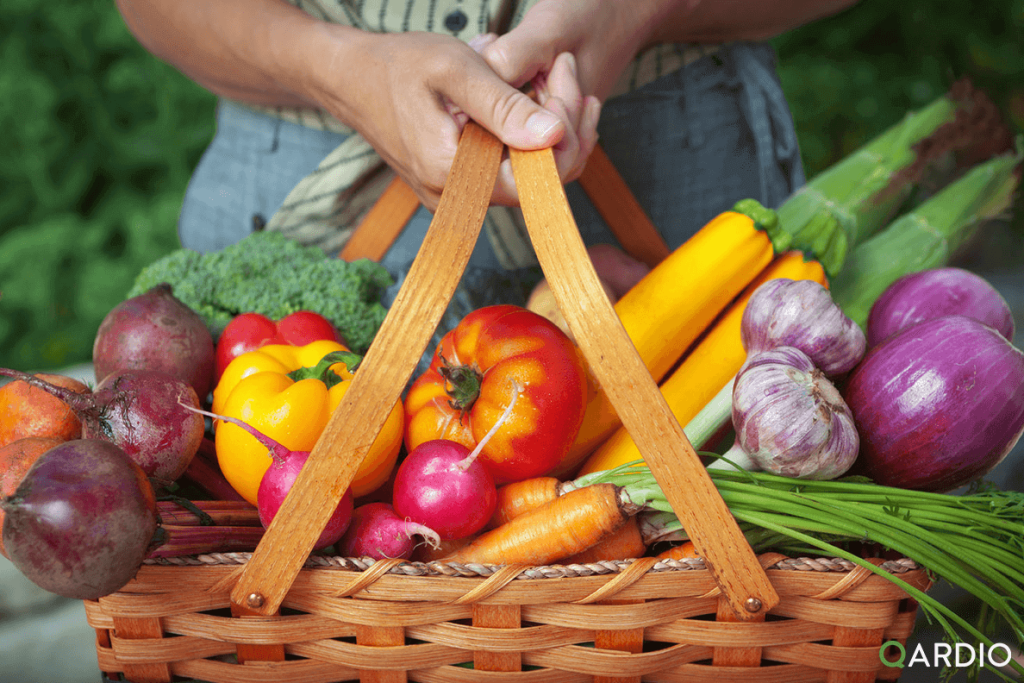What is the DASH diet?
DASH stands for Dietary Approaches to Stop Hypertension – it’s a lifelong approach to healthy eating designed to prevent and treat high blood pressure. Forget tiny portions, juice fasts or the cabbage soup diet – DASH simply encourages you to be smarter about what you’re eating. The plan is super easy to adopt – and with a few healthy adjustments, you could lower your blood pressure in no time!
Why DASH?
Studies have shown that those following the DASH diet have been able to reduce blood pressure by at least a few points in the space of two weeks¹ – and that those who keep it up could drop systolic blood pressure by eight to 14 points, which can make a huge difference to health risks.
How does the DASH diet work?
The DASH diet encourages you to fill up on whole grains, fruits, vegetables and low-fat dairy products, while minimising red meat, sugary goods, fats and sodium. By doing this, you’re naturally lowering the amount of saturated fat and cholesterol you’re consuming and eating more foods rich in potassium, calcium and magnesium – nutrients which help to reduce blood pressure.
Thinking of trying the DASH diet? What to eat:
Grains: 6-8 servings a day
The DASH diet recommends several servings of grains per day – this could include bread, cereal, rice or pasta. One serving of grains is usually 1 slice whole-wheat bread, 1 ounce (oz.) dry cereal, or 1/2 cup cooked cereal, rice or pasta.
Tip: Whole grains are better – they have more fiber and nutrients than refined grains and they’re naturally low in fat.
Vegetables: 4-5 servings a day
Tomatoes, carrots, broccoli and other vegetables are full of fiber, vitamins, and minerals like potassium and magnesium – great for lowering blood pressure! One serving of vegetables could be 1 cup raw leafy green vegetables or 1/2 cup cut-up raw or cooked vegetables.
Tip: In a stir-fry, cut the amount of meat in half and double up on the vegetables.
Fruits: 4 to 5 servings a day
Fruits are also packed with fiber, potassium and magnesium and are typically low in fat. One serving of fruit could include 1 medium sized fruit, 1/2 cup fresh, frozen or canned fruit or 4 ounces of juice.
Tip: The peels of apples, pears and most fruits with pits add interesting texture to recipes and contain healthy nutrients and fiber, which is great for your digestion.
Dairy: 2-3 servings a day
The DASH plan encourages you to choose dairy products that are low fat or fat-free. Examples of one serving include 1 cup skimmed or 1 percent milk, 1 cup yogurt, or 1 1/2 oz. cheese.
Tip: It’s best to go easy on the regular and even fat-free cheeses because they are typically high in sodium.
Lean meat, poultry and fish: 6 or fewer servings a day
Meat can be a rich source of protein, B vitamins, iron and zinc, but is also high in cholesterol and fat – bad for your blood pressure! If you’re following DASH, aim to cut back by switching to half your usual portion and piling on the vegetables instead. One serving could include 1 oz. cooked skinless poultry, seafood or lean meat or 1 egg.
Tip: Replace red meat with heart-healthy fish, such as salmon, herring and tuna. These types of fish are high in omega-3 fatty acids, which can help lower your total cholesterol.
Nuts, Seeds and legumes: 4-5 servings a week
Almonds, sunflower seeds, lentils and other foods in this family are good sources of magnesium, potassium and protein. However, these foods are high in calories so DASH keeps serving sizes small and recommends that they are consumed weekly. Examples of one serving include 1/3 cup (1 1/2 oz.) nuts, 2 tablespoons seeds, or 1/2 cup cooked beans or peas.
Tip: Soybean-based products, such as tofu and tempeh, can be a delicious alternative to meat.
Fats and oil: 2-3 servings a day
The DASH diet strives to limit meat, butter, cheese, whole milk, cream and eggs – the things that increase your risk of heart disease, diabetes and obesity. Examples of one serving include 1 cup skim or 1 percent milk, 1 cup yogurt, or 1 1/2 oz cheese.
Tip: Avoid trans fats – commonly found in such processed foods as crackers, baked goods and fried items.
Sweets: 5 or fewer a week
If you have a sweet tooth, don’t worry – you don’t have to banish sweets entirely while following the DASH diet, just go easy on them. Examples of one serving include 1 tbsp of sugar, jelly or jam, 1/2 cup sorbet, or 1 cup (8 oz.) lemonade.
Tip: When you eat sweets, choose those that are fat-free or low-fat, such as sorbets, fruit ices, jelly beans, hard candy, graham crackers or low-fat cookies.
Now you know how to follow the DASH diet, let’s get going! Don’t forget to check your progress with your QardioArm, and let us know how you get on at www.facebook.com/getqardio or @getqardio.
Source:
Mayo Clinic




